So ‘Why not just buy pomegranate molasses?’ I hear you say.
It’s the deepest gratification and you’ll carry it with you every time you eat & drink. Get out there and make something from scratch. You’ll come out of it a little wiser, with a little more empathy for natural ingredients.
Unless you have an abundance of pomegranates growing near you, making your own molasses is not cost-effective. You need a lot of fruit for fairly little molasses and it’ll most likely cost more to buy the pomegranates than the ready-made product. A lot of recipes add sugar to the juice, which will thicken it much quicker, giving you a larger quantity. But in this recipe, we’re going 100% pure juice.
makes 150 – 200 ml
Ingredients
-
5-6 pomegranates (3kg) for 1.4kg seeds and 1l juice
Method
Use whichever method you prefer to juice all of the pomegranates. Here are three options.
Method 1 (messy but fast): Cut the pomegranates in half along the equator, then place one half cut side down into your hand above a bowl and use a wooden spoon to continuously whack the back of the pomegranate, letting the seeds drop into the bowl. Fill the bowl with water to let any pith float to the surface and either skim or slowly pour it off, repeating this step with fresh water if necessary. Strain the seeds and transfer them to a food processor. Pulse a few times to break down the seeds, then strain them again through a sieve to catch the juice. Use your hands to squeeze the remaining juice out of the pulp.
Method 2 (thorough but slow): Fill a large bowl with water. Trim the top 1 cm of the pomegranate, thereby revealing where the segments of the fruit are. Now use a knife to make vertical incisions along the segments all around the pomegranate. Gently wiggle each segment to loosen it and pull it out. Then hold one segment at a time under water to avoid the juice from splashing while you remove the seeds. The pith should float to the top. Skim or pour it off and repeat with fresh water if necessary. Then strain the seeds and transfer them to a food processor. Pulse a few times to break down the seeds, then strain them again through a sieve to catch the juice. Use your hands to squeeze the remaining juice out of the pulp.
Method 3 (quick but wasteful): Roll the pomegranate over the kitchen counter to soften and break up the seeds inside (similar to how you’d soften a lime). Be careful not to burst the skin at this point. When the pomegranate feels soft, use a small pairing knife to poke a hole into the pomegranate. Then squeeze the pomegranate to release the juice.
You should end up with around 1l juice. Pour the juice into a saucepan and remove any foam that might have formed on the surface. Bring the juice to a boil, then reduce the heat and simmer for 1 – 1 1/2 hours, stirring it every now and then. You want the liquid to reduce to around 150 – 200 ml. By then it will have darkened in colour, the bubbles on the surface will have gotten bigger and the consistency will have changed to a thick syrup that coats the back of a spoon. Take care not to cook it much further than that as it will continue to thicken a little while it cools down. You can also test it by pouring a teaspoon of the molasses into a small bowl and letting it cool in the fridge. Once cold, check the consistency. It should flow like runny honey. Finally, let the molasses cool down slightly in the pan (so that the glass bottle doesn’t break), then pour it into a clean bottle and keep in the fridge for up to 9 months.

Pomegranate Molasses
Ingredients
- 5-6 pomegranates 3kg for 1.4kg seeds and 1l juice
Instructions
- Use whichever method you prefer to juice all of the pomegranates. Here are three options.
- Method 1 (messy but fast): Cut the pomegranates in half along the equator, then place one half cut side down into your hand above a bowl and use a wooden spoon to continuously whack the back of the pomegranate, letting the seeds drop into the bowl. Fill the bowl with water to let any pith float to the surface and either skim or slowly pour it off, repeating this step with fresh water if necessary. Strain the seeds and transfer them to a food processor. Pulse a few times to break down the seeds, then strain them again through a sieve to catch the juice. Use your hands to squeeze the remaining juice out of the pulp.
- Method 2 (thorough but slow): Fill a large bowl with water. Trim the top 1 cm of the pomegranate, thereby revealing where the segments of the fruit are. Now use a knife to make vertical incisions along the segments all around the pomegranate. Gently wiggle each segment to loosen it and pull it out. Then hold one segment at a time under water to avoid the juice from splashing while you remove the seeds. The pith should float to the top. Skim or pour it off and repeat with fresh water if necessary. Then strain the seeds and transfer them to a food processor. Pulse a few times to break down the seeds, then strain them again through a sieve to catch the juice. Use your hands to squeeze the remaining juice out of the pulp.
- Method 3 (quick but wasteful): Roll the pomegranate over the kitchen counter to soften and break up the seeds inside (similar to how you’d soften a lime). Be careful not to burst the skin at this point. When the pomegranate feels soft, use a small pairing knife to poke a hole into the pomegranate. Then squeeze the pomegranate to release the juice.
- You should end up with around 1l juice. Pour the juice into a sauce pan and remove any foam that might have formed on the surface. Bring the juice to a boil, then reduce the heat and simmer for 1 - 1 1/2 hours, stirring it every now and then. You want the liquid to reduce to around 150 - 200 ml. By then it will have darkened in colour, the bubbles on the surface will have gotten bigger and the consistency will have changed to a thick syrup that coats the back of a spoon. Take care not to cook it much further than that as it will continue to thicken a little while it cools down. You can also test it by pouring a teaspoon of the molasses into a small bowl and letting it cool in the fridge. Once cold, check the consistency. It should flow like runny honey. Finally, let the molasses cool down slightly in the pan (so that the glass bottle doesn’t break), then pour it into a clean bottle and keep in the fridge for up to 9 months.


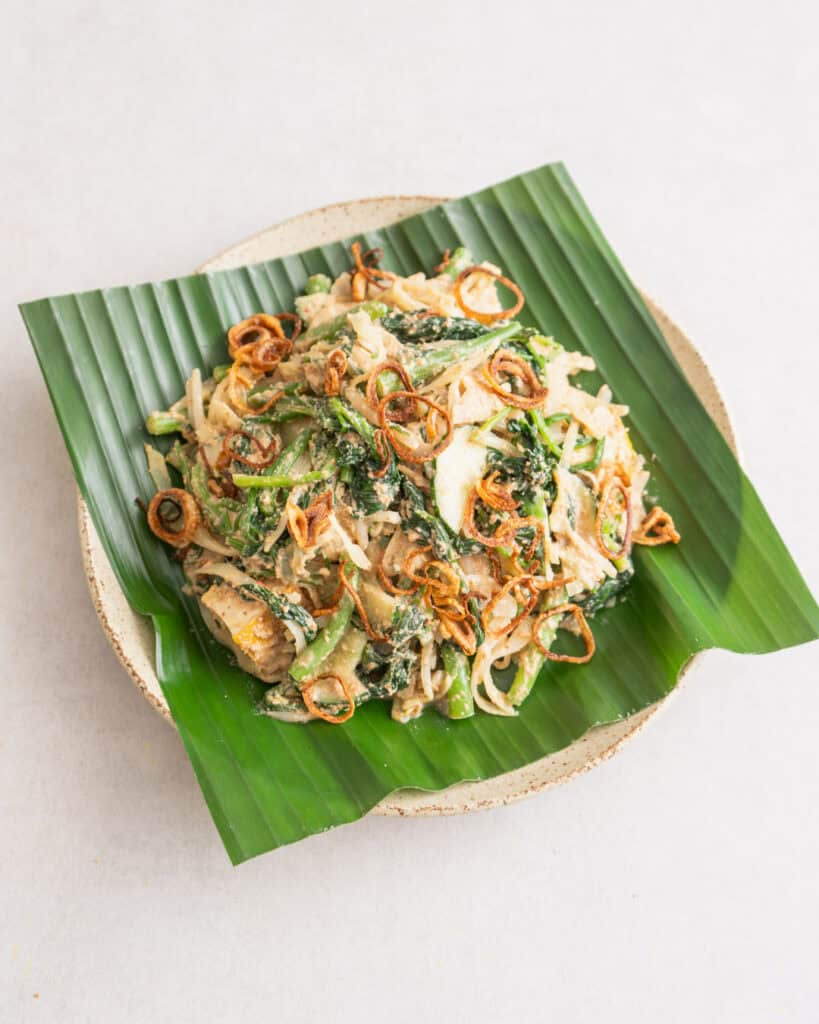

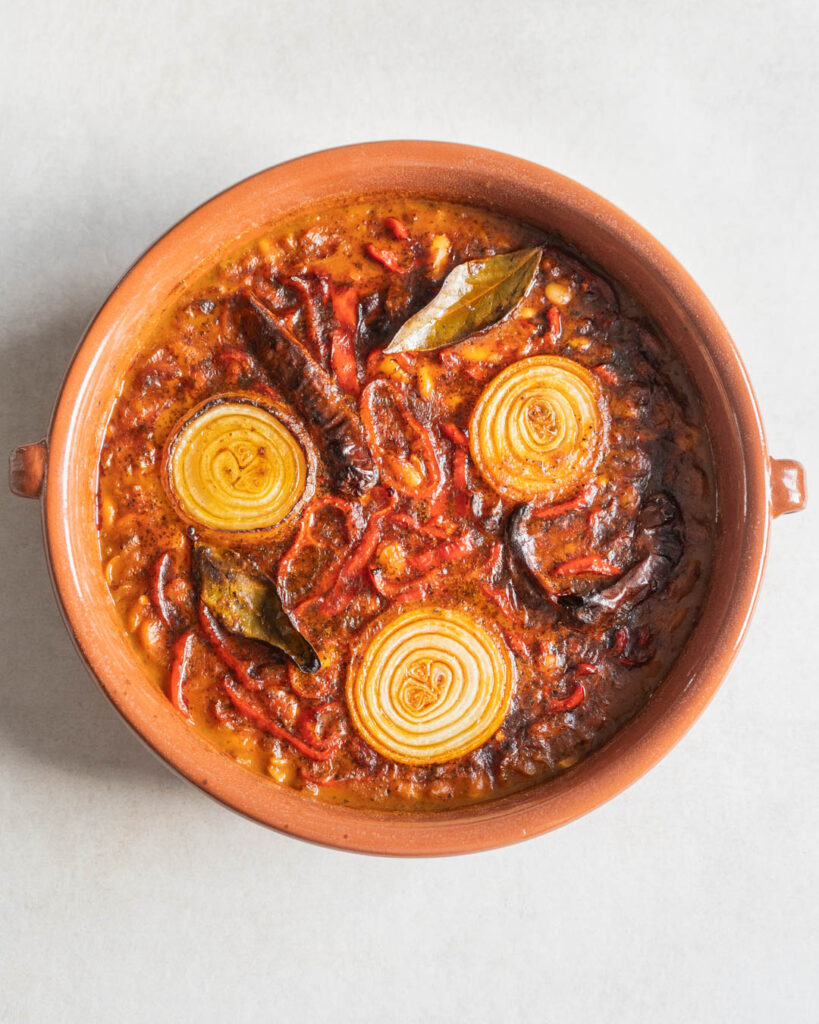


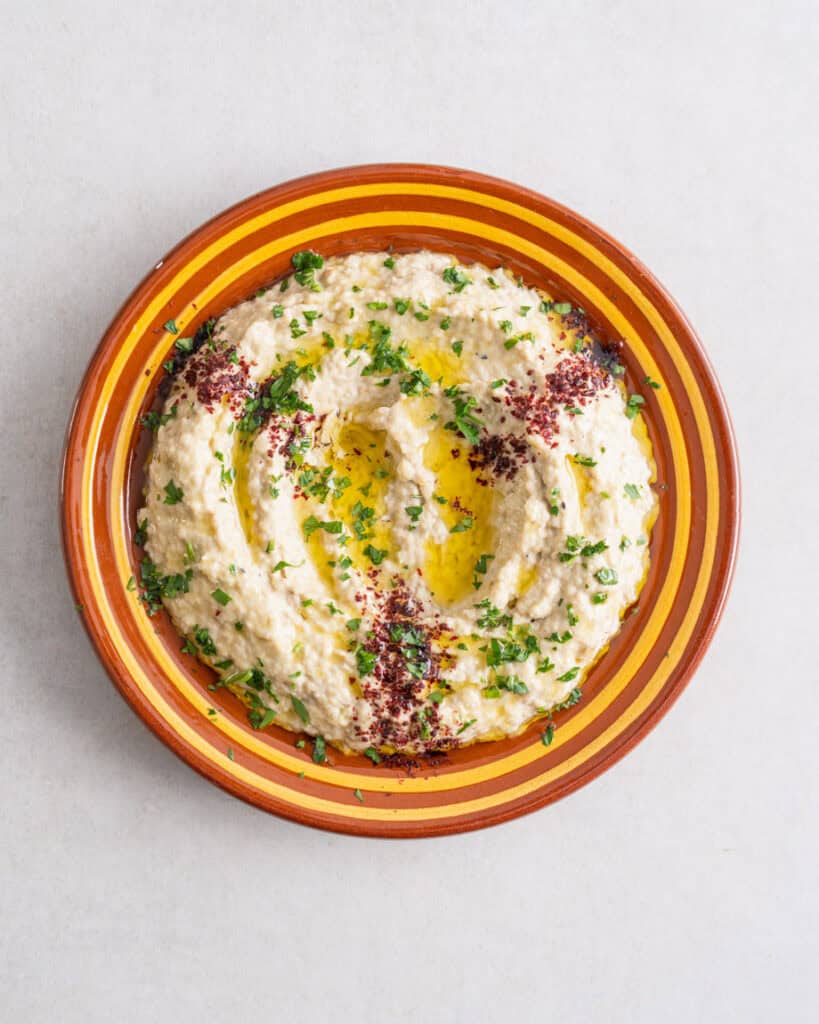

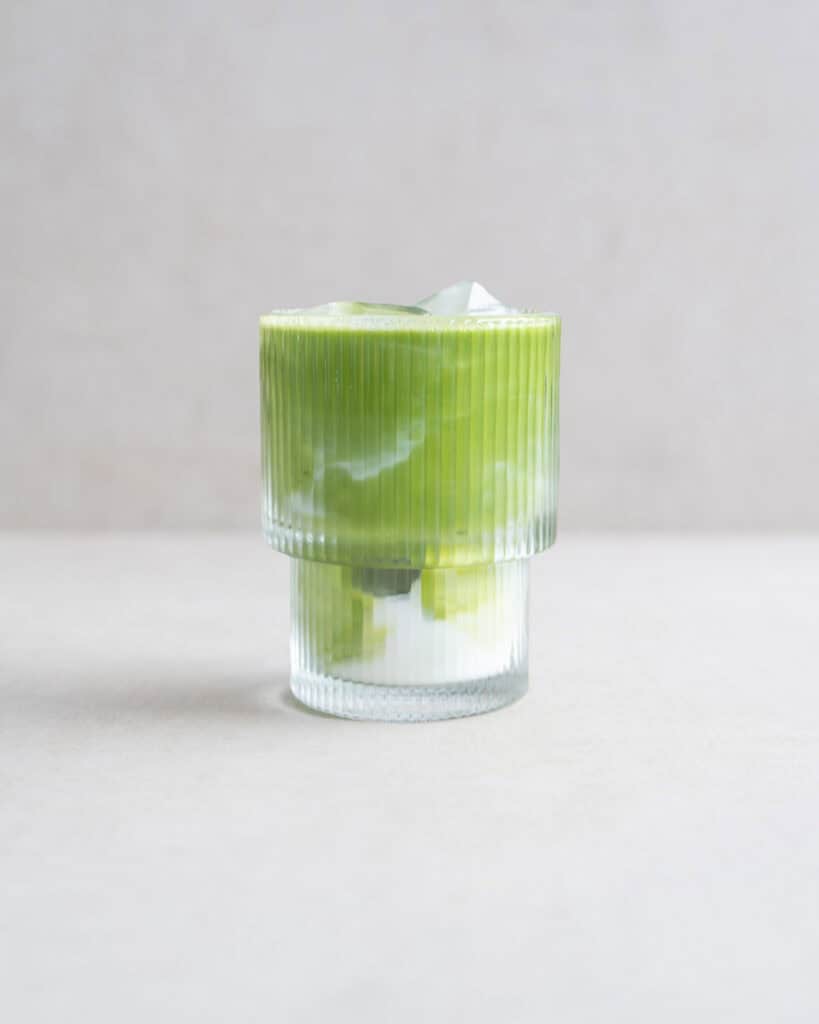

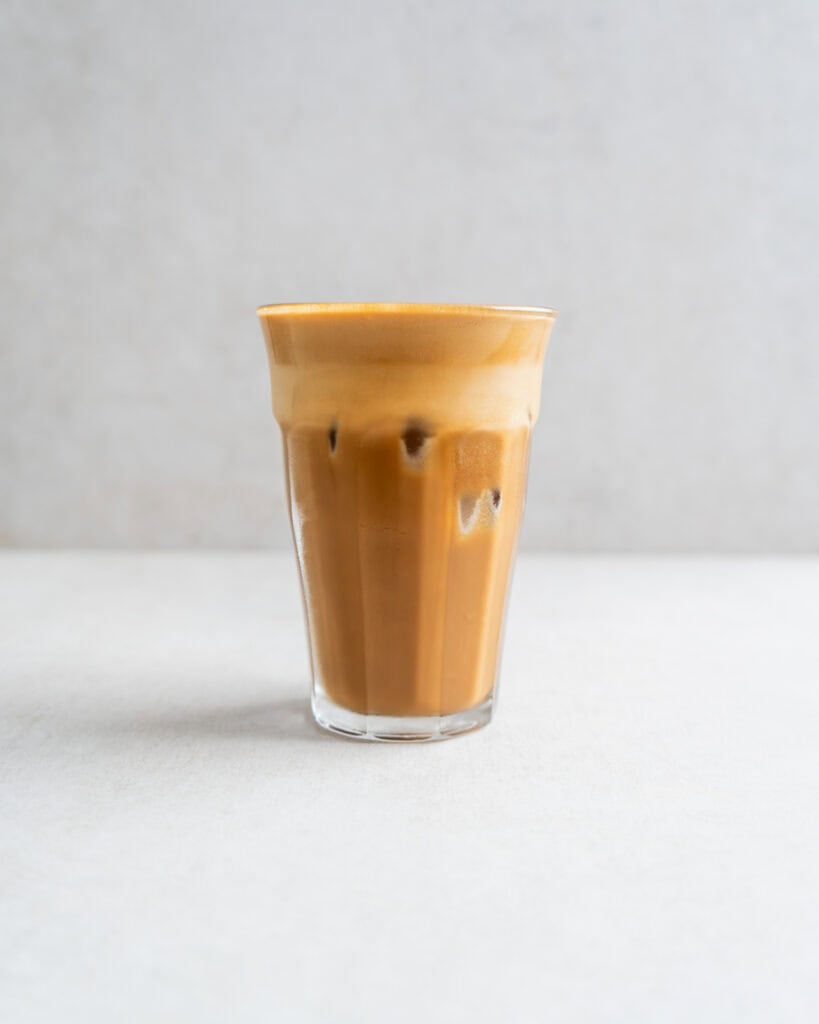

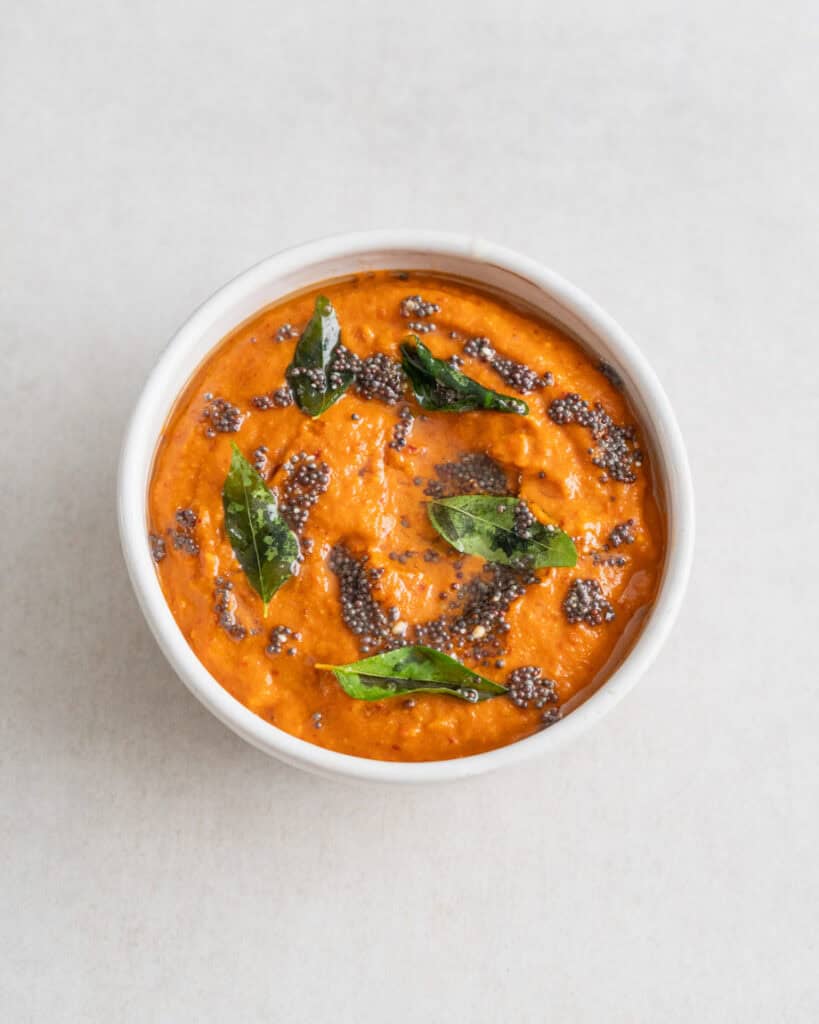
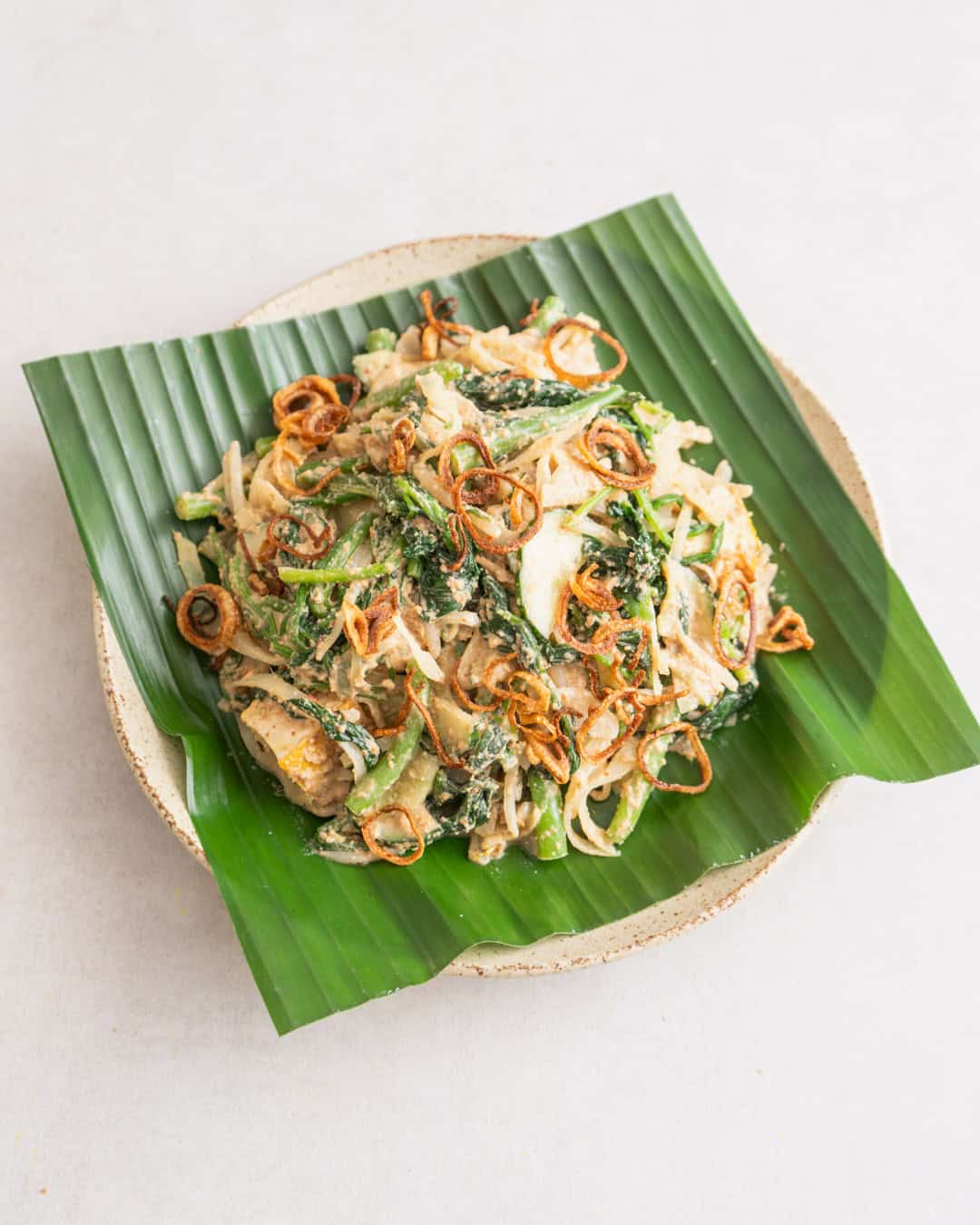

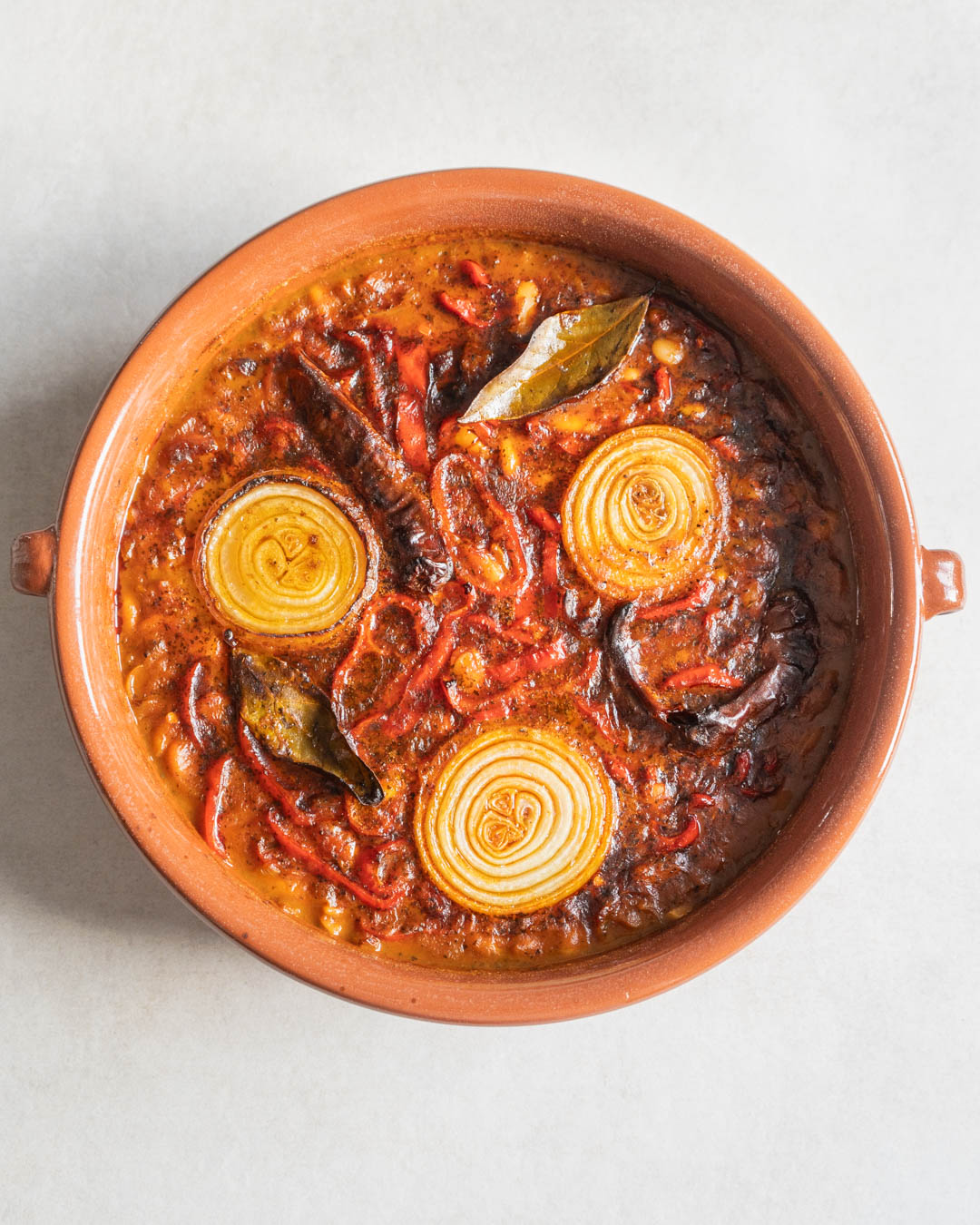



0 Comments